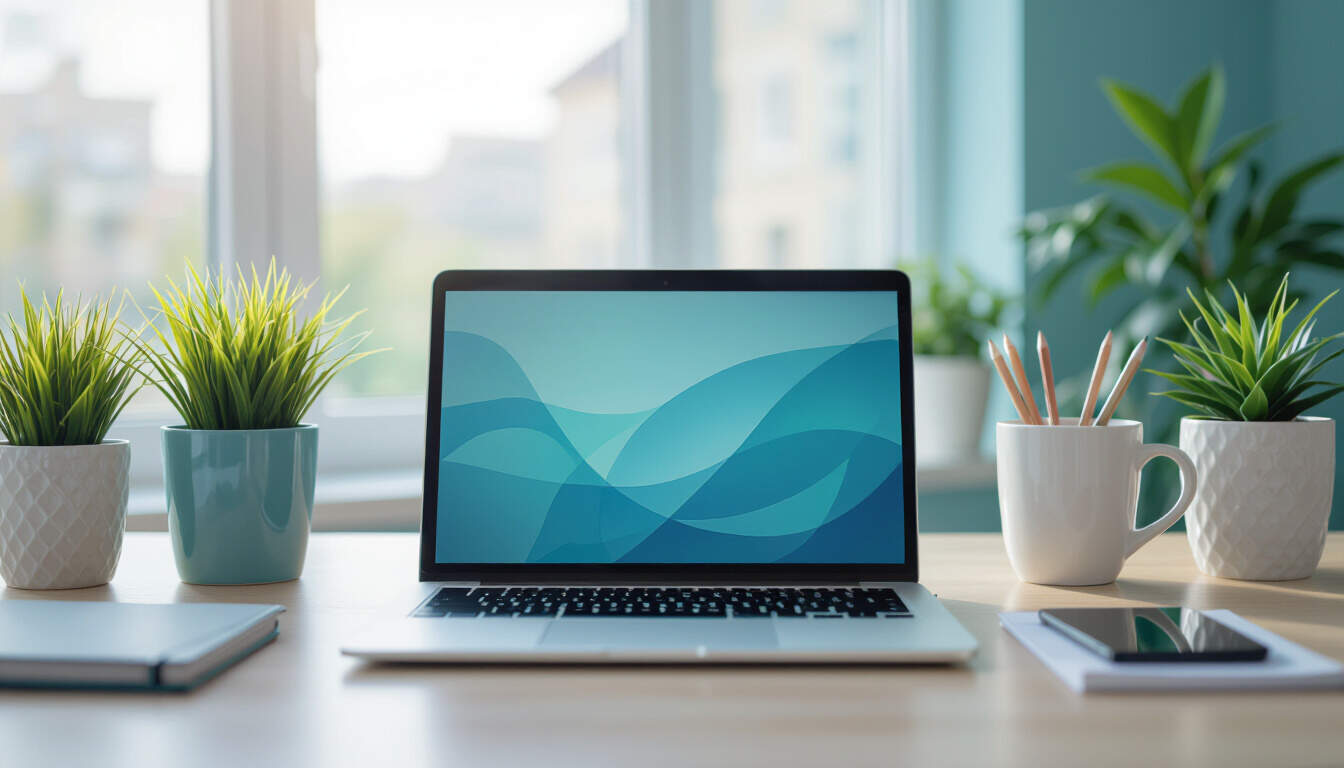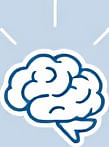Color Psychology in Reducing Cognitive Load for Everyday Productivity
 by Shanie Goodwin
by Shanie Goodwin
Explore how colors can ease mental overload and boost focus in daily routines. This article offers practical tips for students and professionals to use color psychology effectively for better cognitive management and efficiency.

Cognitive load refers to the amount of mental effort used in working memory. It can build up from daily tasks, affecting focus and productivity. High cognitive load often leads to fatigue and errors, especially for students and professionals juggling multiple demands.
One way to manage this is through color psychology. Colors influence emotions and mental states, helping to reduce mental overload. For instance, blue tones can promote calmness, making it easier to concentrate on tasks.
In environments like offices or study areas, choosing the right colors matters. A room painted in soft greens might create a restful atmosphere, aiding in concentration. This simple change can lighten the mental burden during long work sessions.
Daily routines also benefit from color choices. Wearing clothes in certain hues can set a positive mood. Yellow shades, for example, might encourage creativity, helping to break through mental blocks without overwhelming the mind.
Practical Tips for Implementation
To incorporate color psychology into everyday life, start with your workspace. Use organizers in calming colors like pastels to sort items. This visual cue can help streamline thoughts and reduce clutter in the mind.
For students, color-coding notes is effective. Assign different colors to subjects, such as red for math and blue for history. This method aids in quick recall and minimizes the effort needed to switch between topics, thus easing cognitive load.
Professionals can apply this in digital tools. Set email folders with color labels to prioritize tasks. Green for urgent matters and purple for long-term projects can make decision-making faster and less taxing on mental resources.
In meetings or study groups, use colored markers on whiteboards. This not only highlights key points but also keeps the group engaged without adding extra mental strain.
The Science Behind It
Research shows that colors impact brain function. Warm colors like red can increase energy levels, useful for motivation, but they might heighten alertness too much. In contrast, cool colors help in relaxation, which is key for reducing overload during high-pressure situations.
By understanding these effects, individuals can create balanced environments. A desk with a mix of colors prevents monotony and supports sustained attention.
Everyday Applications
At home, kitchen tools in vibrant colors can make meal prep more enjoyable, turning a routine chore into a lighter mental activity. This approach applies to exercise routines too; using colored workout gear might make physical activity feel less burdensome.
For parents and caregivers, toys or learning materials in varied colors can engage children while keeping adult supervision manageable. It distributes attention more evenly, preventing mental exhaustion.
Technology plays a role as well. Smartphone apps with customizable themes allow users to select colors that suit their mood. A night mode in softer hues can reduce eye strain and promote better sleep, indirectly lowering daily cognitive demands.
Measuring Success
Track changes after implementing these tips. Note improvements in focus or reduced fatigue over weeks. Adjustments might be needed based on personal preferences, ensuring the strategy fits individual needs.
In conclusion, integrating color psychology offers a straightforward path to managing cognitive load. With these approaches, students, professionals, and others can enhance productivity and well-being in their routines.
